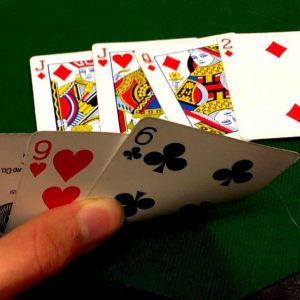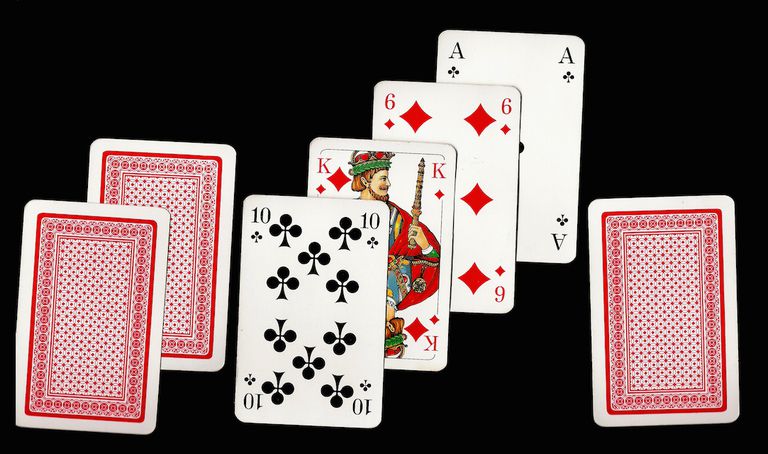Top 5 Mistakes Made By Seven Card Stud Players

Those of you that want to improve your mixed game play will need to focus on improving your Seven Card Stud game. I personally love Stud because there’s so much information out there every hand. With many new people taking up the game, I am seeing many more elementary mistakes in play than I used to see even a decade ago.
Today, I will cover 5 common mistakes made by Seven Card Stud players. This will help you improve your game a bit quicker and help you take your game to the next level.
Undervaluing an Open Pair on Fourth
A good rule of thumb to remember in Stud is that an open pair on Fourth Street usually means trips. Often, a player coming into a hand is going to have a pair matching his door card. When they catch an open pair on fourth, they are usually holding trips.
Some players will overlook this open pair, particularly if they have a higher pair or they have overcards in their hand to the open pair. This is often a mistake. Generally, you are going to be better off folding once a player hits an open pair on fourth.
Betting into a Draw on the River
A common mistake you will see is someone betting on the River when another player is showing a potential draw. This mistake is going to lose you more money over the long term. If a player is chasing a draw and misses, they will generally not pay you off unless they have something like a big pair.

When they hit their draw, they are going to raise and you’ll wind up losing an extra bet. Checking into a draw on the river is about saving money when you’re behind. Of course, if you can beat their potential draw or outs that complete their draw have been burned, then you can safely bet.
Chasing Draws When Too Many Outs are Showing
Some players will chase a draw no matter what, ignoring the number of outs already showing or folded. This is a massive mistake. I still like to use a rule that Roy Cooke devised when drawing in Stud. Assign direct outs a point value of 1 and indirect outs a half a point.
Direct outs are flush outs or a card that completes a draw. Indirect outs are secondary cards needed to complete your draw. For example, if you start with 7-8-9 unsuited, all sixes and tens are direct outs. Fives and jacks are indirect outs.
If you look around and see more than 2 and a half points showing, then you should abandon the hand. In the example above, if you see a six, a ten, a five, and a jack in other hands, that’s three points and you need to fold.
Folding to One Bet When Pot Odds Demand a Call
A really common mistake I see in Stud and most other forms of limit poker is when a player folds on the river when they have pot odds to call. Let’s say you’re in a hand that’s bet on every street and by the river you have a pair of kings. Your opponent has a pair of jacks showing.
Normally, you’d assume the player has at least two pair if not three jacks. If you have stayed to the river and called every bet, you have pot odds to make the call. Your opponent may have it, or they may be drawing and trying to buy the pot with the jacks. Making the call in this spot is a long-term +EV play.
Ignoring Sudden Changes in Betting Behavior
Stud is a game where you will be able to put players on hands easier than other games. You will also be able to determine a player’s style of play easier. That’s why it is important to pay attention to any sudden deviations in their play.
For example, if a player has a board such as 2-7-9 and is aggressively betting it, chances are they have a pocket pair that matches one of their upcards. A player that normally folds by fifth that’s sudden a calling station is also playing a big hand or they have a ton of your drawing outs.
This last tip isn’t as applicable to younger players as they are prone to mix up their play, but this tip is still applicable to anyone over 40 that’s playing Stud.
